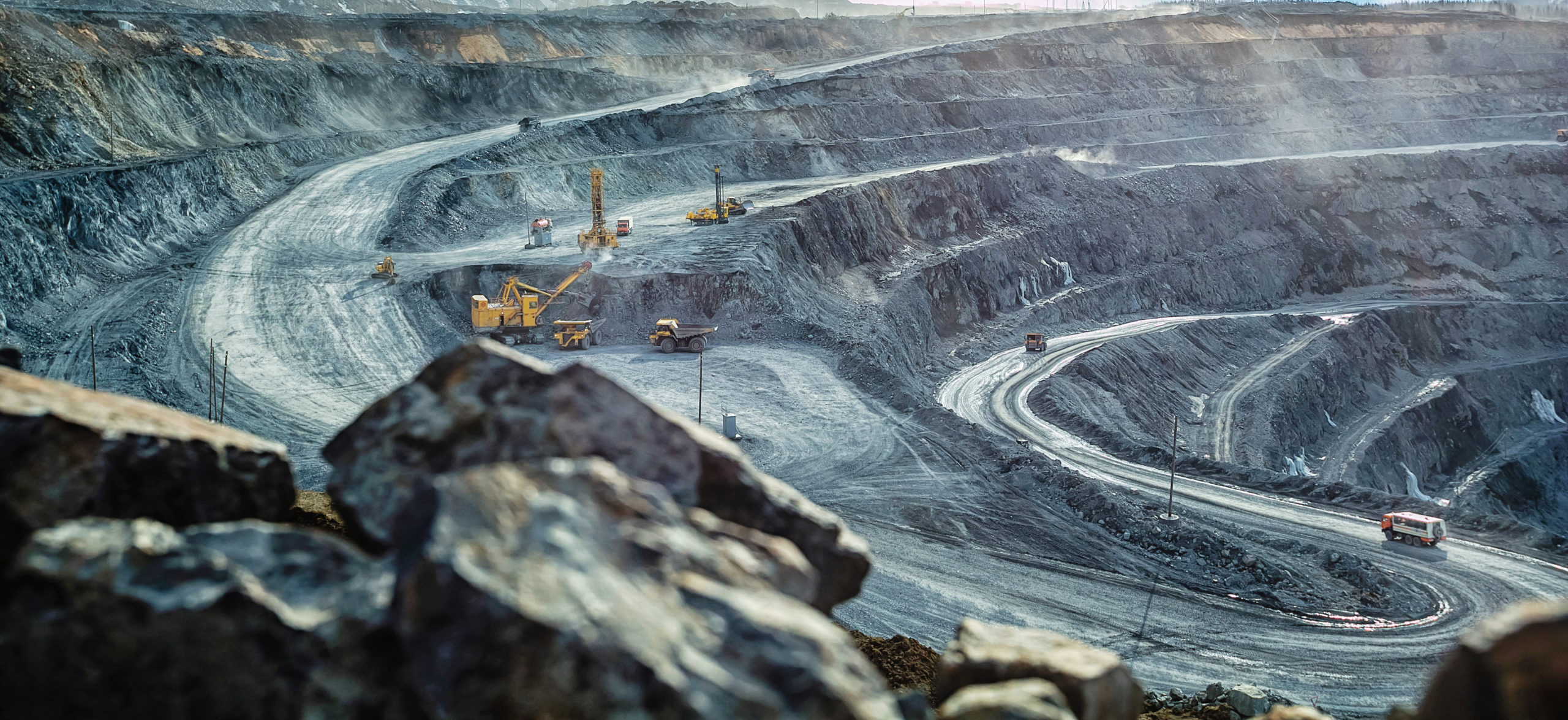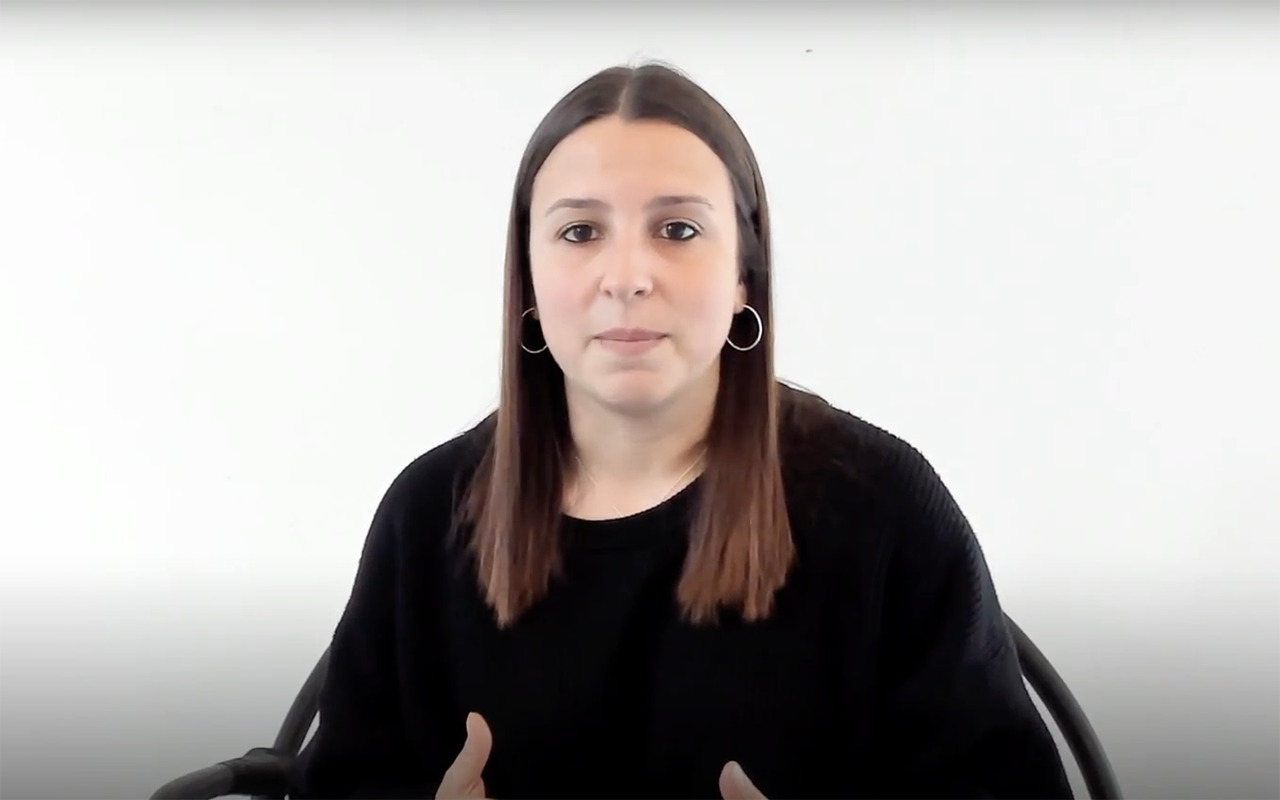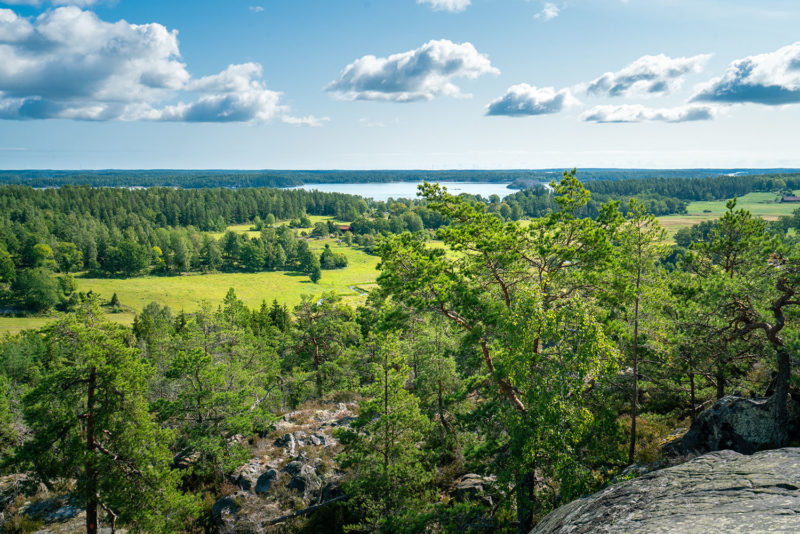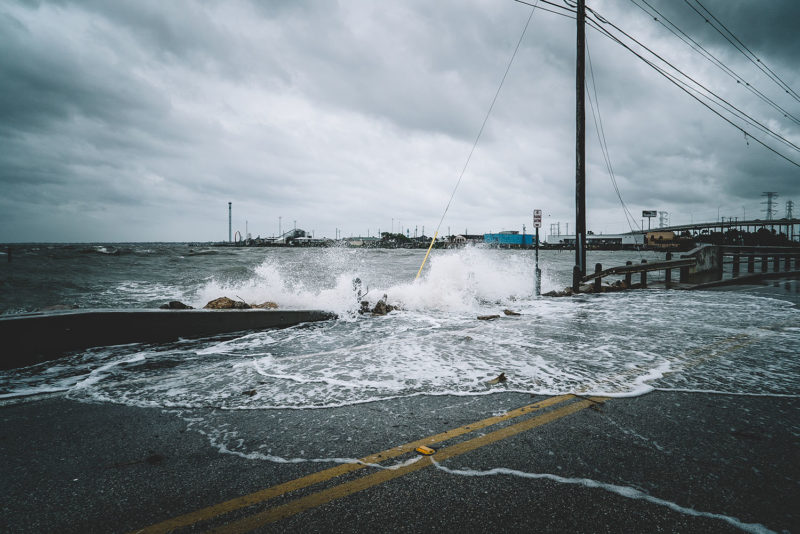

Carbon markets to reduce pollution
According to Greenpeace, climate change is the evil of our time and its consequences could be devastating if we do not drastically reduce our dependence on fossil fuels and greenhouse gas emissions. That is why carbon markets are born.
The effects of climate change are already all too perceptible. The global average temperature has risen by 1.1 degrees Celsius since pre-industrial times. According to the World Meteorological Organization (WMO), the period between 2015 and 2019 was the warmest five-year period on record. And sea levels have risen by five millimetres per year between 2014 and 2019. To address this, so-called carbon markets have been created to limit and control greenhouse gas emissions into the atmosphere in the form of carbon dioxide.
The aim of carbon markets is to enable us to reduce emissions at the lowest cost. Those who can take environmental action, at not very high cost, develop them. But they do so in exchange for those who find it more difficult to buy so-called carbon credits, and help finance these sustainable projects. Through this exchange, a more efficient emissions system is achieved.
Carbon markets are thus based on the sale or purchase of so-called carbon credits or greenhouse gas emission reduction certificates. These are documents that entitle the owner to emit a certain amount of carbon dioxide and greenhouse gases.
In other words, if you have a certain number of credits, you are entitled to emit a certain amount of greenhouse gases annually. In general, each of these credits is equivalent to one tonne of carbon dioxide, although, depending on the type of greenhouse gas, a different amount may be stipulated.
Mandatory for rich countries
The carbon market operates in a similar way to other markets where there is a buyer and a seller. On the one hand, the buyer is required to guarantee that it will pay for a certain amount of carbon credits. On the other hand, the seller must guarantee that it will undertake sufficient environmental actions, such as reforestation or sustainable forest management, to underwrite the amount of carbon credits purchased by the buyer.
There are broadly two main types of carbon markets. One is the compliance market, of which the members are rich countries. These countries have a limit on the amount of carbon dioxide emissions they can emit into the atmosphere, thanks to international commitments under the Kyoto Protocol’s framework agreement on climate change.
When these countries exceed this limit, they have to buy carbon credits from the countries that do take action in favour of sustainability and in an accredited manner, to prove that they are reducing the emissions that the first group of countries have not yet stopped emitting.
A commitment signed with carbon credits
The second type of carbon markets are voluntary markets. These markets involve developing countries, but also federations, social organisations, companies or consultants, and their agreements have to be commercial or civil. The actors in this market are committed to the fight against climate change, to the protection of our planet’s forests, and want to take a leading role in the business sector.
In the end, companies and organisations buy carbon credits because they want their contribution to the environment to be recognised. They also seek to communicate to their stakeholders the actions they are taking to offset their annual greenhouse gas emissions. It is also the responsibility of users and customers to choose environmentally responsible companies. There is still time to stop climate change.
11Onze is becoming a phenomenon as the first Fintech community in Catalonia. Now, it releases the first version of El Canut, the super app of 11Onze, for Android and Apple. El Canut, the first universal account can be opened in Catalan territory.






👍
Gràcies, Manel!!!
👏
Gràcies, Daniela!!!
Molt bo 👍
Celebrem que t’hagi agradat, Josep!!!
Està bé. A nivell individual, molt abans que reciclar cal deixar de cremar combustibles fòssils: gas, petroli o carbó. És urgent, per això parlem d’emergència climàtica. He trobat a faltar claredat, tot i que la intenció és bona.
Gràcies per la teva reflexió, Jaume!
No sabia què eren els “mercats del carboni”
Sí, és el poder que té La Plaça; tots aprenem i ho fem plegats. Gràcies per ser-hi, Francesc!
👌
Gràcies, Joan!!!
Es fonamental contibuir a reduir la petjada de carboni
Gràcies Coral
Del tot d’acord. Gràcies, Alícia!